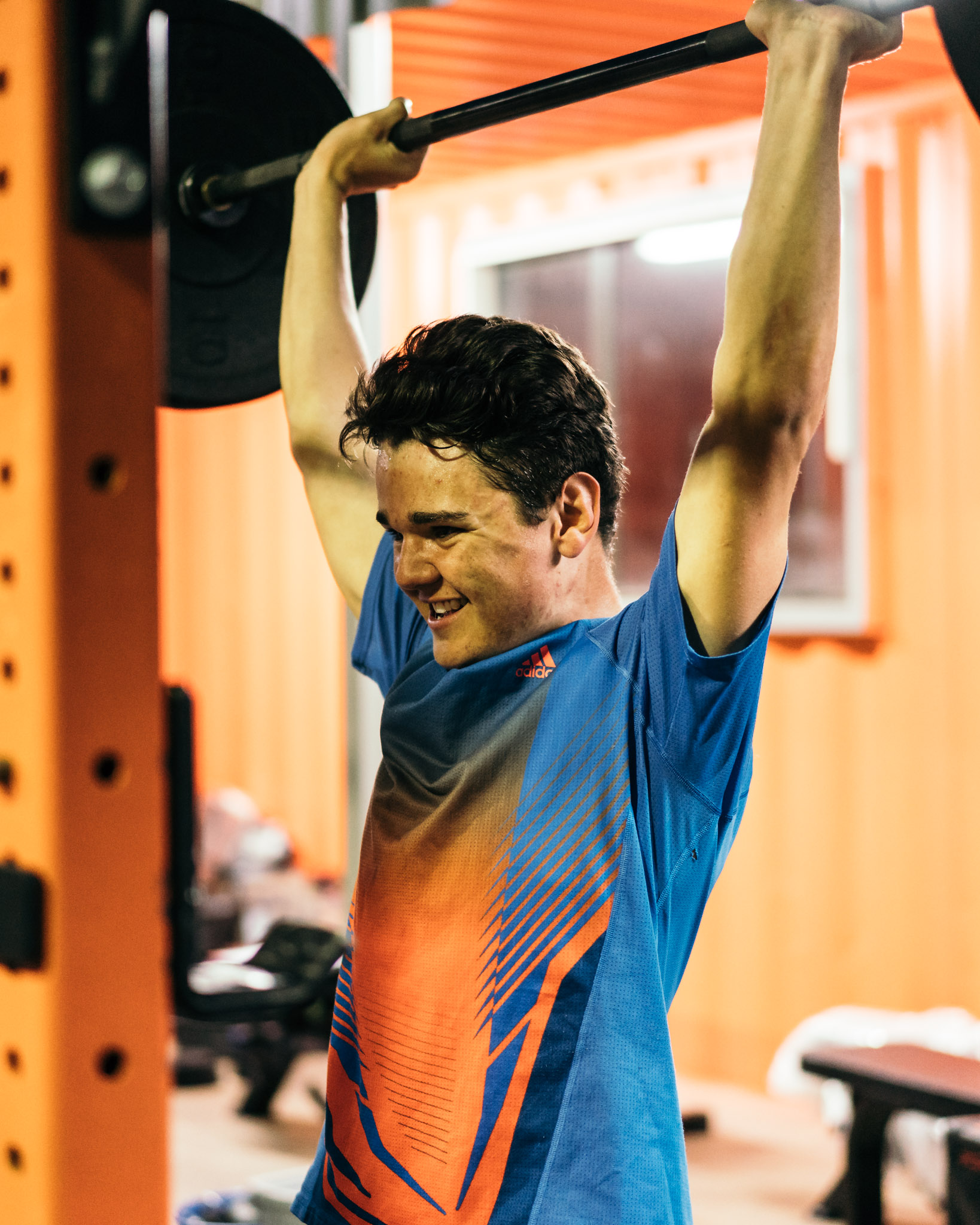Will Weight Training Stunt My Teen’s Growth?
A common concern I hear from parents of children or teenagers is that they are worried weight training will stunt their child’s growth. What if I told you that is all a big myth, and weight training can actually be beneficial for your child’s development?
To understand why weight training should not be a cause for concern in regards to child and teen development, we will first look at two simple factors that have been proven to contribute to stunted growth.
Poor Nutrition
Poor nutrition is one way to stunt a child’s growth, as growing takes some serious energy! General under eating or starvation, whether related to eating disorders such as anorexia nervosa or not, can cause insufficient calories to be consumed. Instead of focusing energy towards growth, the body takes the minimal calories and nutrients it is provided with and focuses these on necessary processes such as feeding the brain and vital organs. Additionally, insufficient essential nutrients can contribute to stunted growth. In order to grow taller, the body requires the correct nutrients and thus being malnourished can lead to stunted growth.
Damaged Growth Plates
In the long bones of the body, for example, the femur in your thigh or the humerus in your upper arm, there are growth plates which are scientifically known as epiphyseal plates. These growth plates are located on each end of the bone, and it is in these plates that growth of the bone occurs. Eventually, when a child stops growing, these plates close and become solid regular bone. As these areas are primarily for growth, they are actually weaker than the surrounding bone, muscles, and ligaments. As a result, they are more vulnerable to injury. If these growth plates are damaged, they may no longer function as intended and growth will be stunted.
So, what about weight training?
Now that we have covered some factors which can lead to stunted growth in children, we can discuss why weight training may be associated with stunted growth.
Poor nutrition is mentioned as a factor which has a well-known link to stunted growth. Exercise requires energy, and kids who are active will require more food to replace the energy they have burnt during exercise, and still allow for extra energy to be available for growth. If a child is regularly active and is not receiving the appropriate amount of food and nutrients in their meals, they may fail to thrive and have stunted growth. However, if the child receives the appropriate nutrients and amount of food, they will still continue to grow without any issues.
There is actually a low risk of injury for children who engage in weight training when there is qualified supervision, instruction, and structure. While there have been musculoskeletal injuries reported, some of these being growth plate injuries, these have been associated with improper technique and poor supervision. In fact, youth weight training does not possess a greater risk of injury than other sports and activities children regularly participate in, in most cases it has a lower risk. For example, a study on injury rates in American children found that 0.7% of injuries were a result of resistance training, while 19% of injuries were as a result of American football. Contact or semi-contact sports provide a greater risk of injury as the individual has less control over their own situation. They cannot control someone coming in for a slide tackle, or pushing them off balance. However, in resistance or weight training, the individual is in control of the path of the weight, with no uncontrollable and random external factors.
Why is weight training healthy?
Weight training can be beneficial for growing children. Not only is it one way to meet and make friends, but being in a supportive environment with disciplined and like-minded people is a great way to encourage a strong work ethic. Additionally, weight training can develop strength, flexibility, coordination, and balance which can help reduce injury in any other sports they choose to participate in. Weight training can also build confidence, as being able to achieve a PR, or increasing the weight of your lifts shows the growing child that they can achieve things they put their mind to.
Childhood, and particularly adolescence, is a difficult time in regards to body image. Weight training can help create a healthier mindset, as the children and teenagers learn to focus more on what their body is capable of doing than what it looks like. Additionally, children who engage in weight training often want to eat healthy as well. They become invested in looking after themselves so they can train to their full potential, understanding they can’t do that on a diet of junk food.
A good example?
As you can see, weight training is a relatively safe and healthy form of exercise for children and adolescent athletes. Nothing in life comes without risks, but the risks associated with weight training are easily avoidable. Maintaining a healthy, well-balanced diet and choosing a well-qualified coach who will ensure the use of proper technique will benefit the child and adolescent athletes both within and outside of their athletic endeavours.
If you were looking for whether this is truly the case in real life, check out this Instagram post from a competitive weightlifter in the USA, Coby Rhodes. Coby is a 15-year-old competitive Olympic Weightlifter who recently snatched 87kg and clean and jerked 114kg in competition. While his case is much more extreme than most, he goes to show that even when lifting heavy weights, if you have the correct training and nutrition, adolescents can train and still grow!

